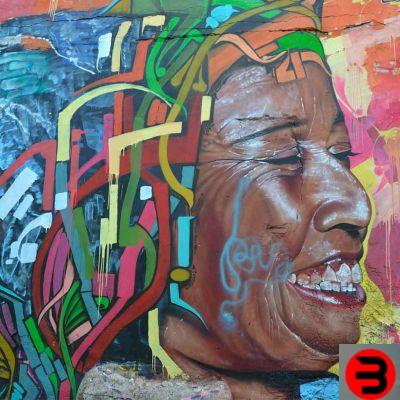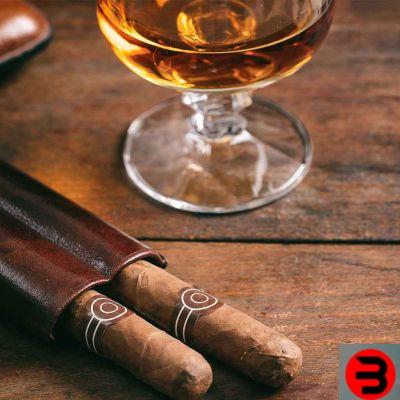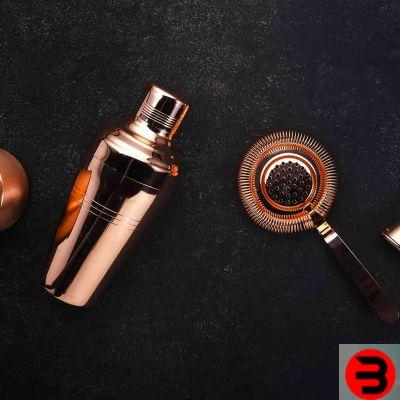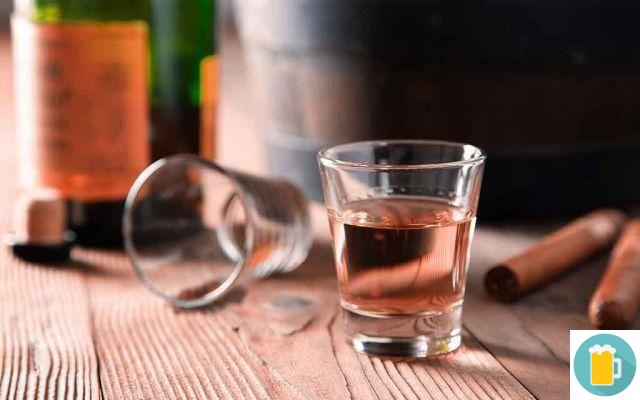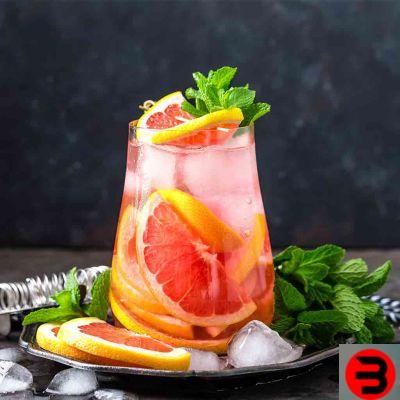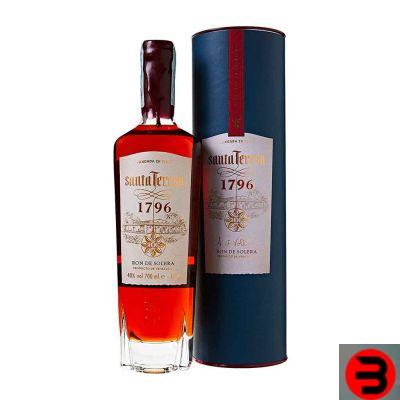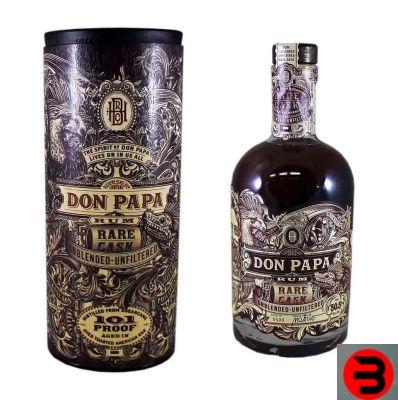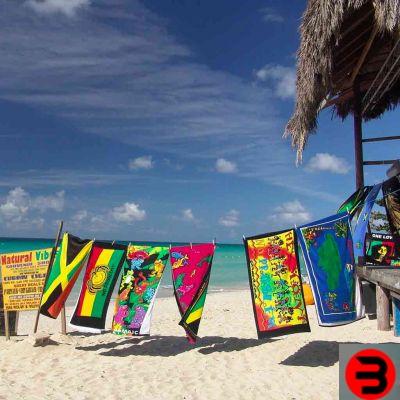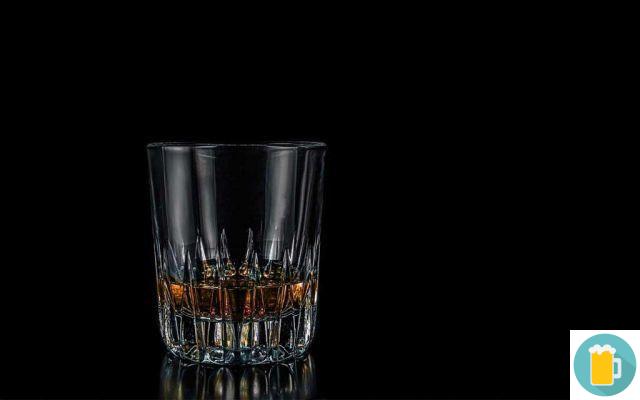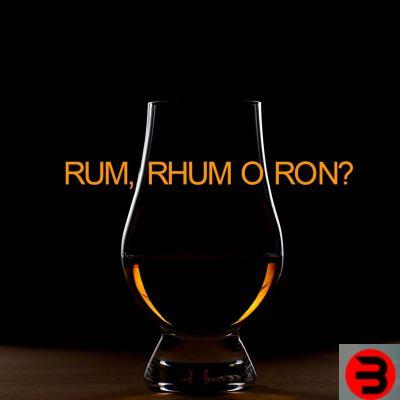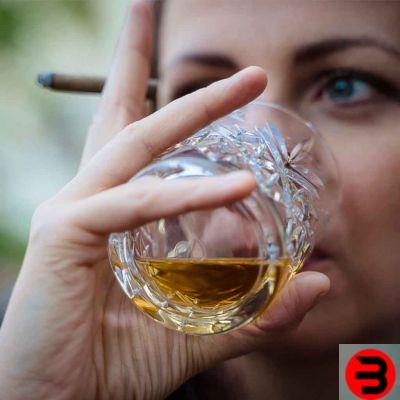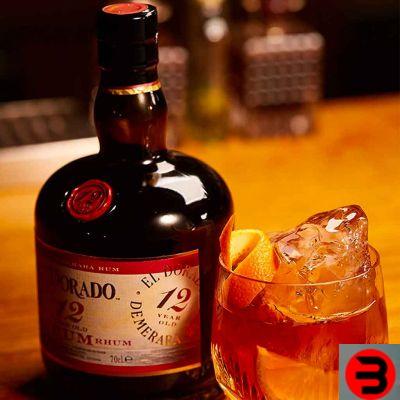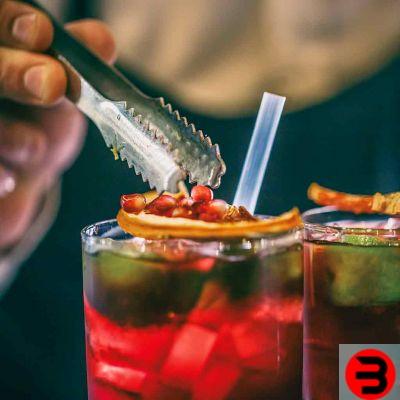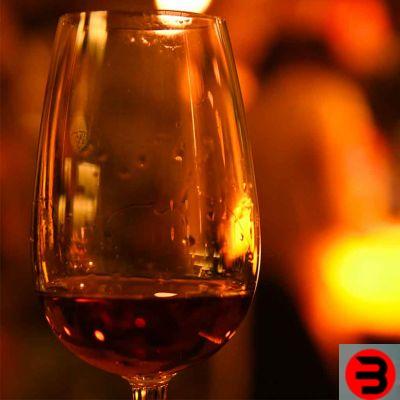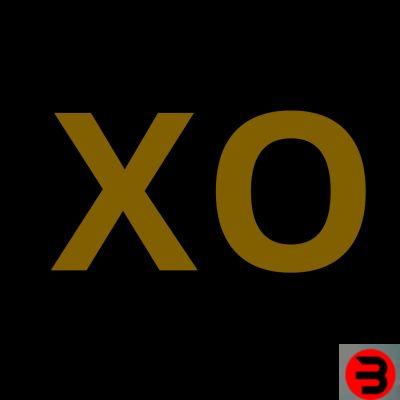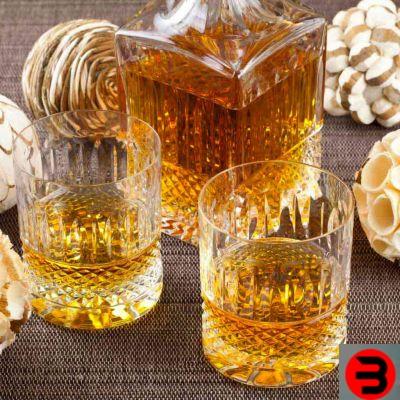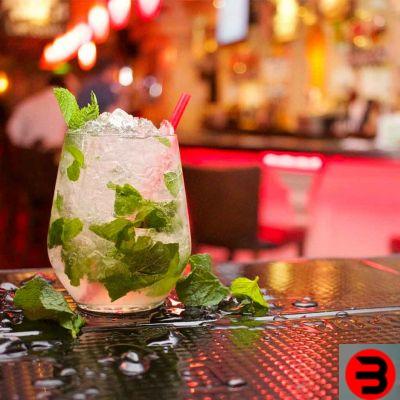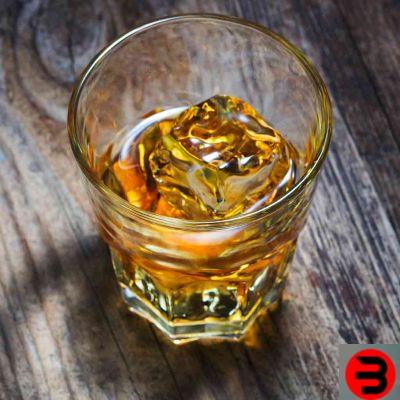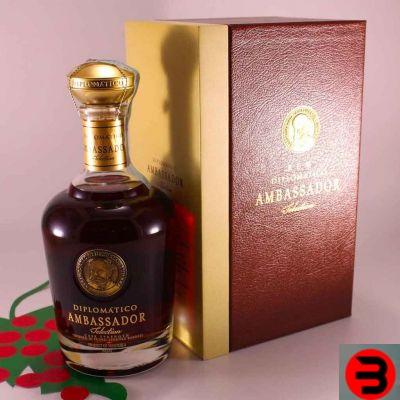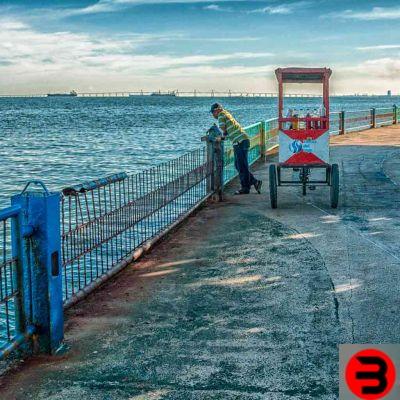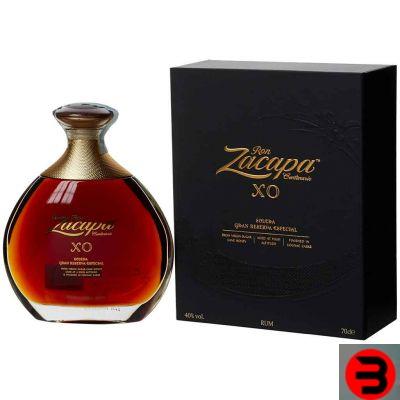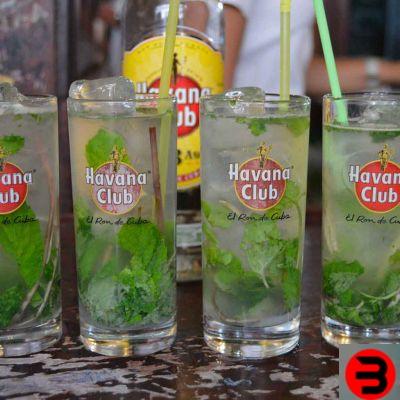
Rum cubano: storia del rum
The mental association between Cuba and rum for many people it is natural and there is a widespread belief that the Cuban rum was the first product in the world. Cuban rums like Bacardi and Havana Club are among the best known brands in the world and have supported this thesis. Actually the Cuban Rum production or more correctly than Ron Cuban, like all ron of Spanish origin, it developed after that of the islands colonized by the English and French, for example in Jamaica or Martinique.
This delay in the development of rum production in Cuba and in the Spanish colonies is due to the protectionist regime wanted by the producers of the famous Spanish Brandies and Wines, who imposed on the central state a very penalizing tax regime for rum from Cuba and all the colonies. . Otherwise, starting from the mid-700th century France allowed the economic development of rum production while preserving the domestic market from its import, while England - which had no internal production of distillates - encouraged production in the colonies to replace expensive imports. of brandy from competing countries.
Thus Cuban Rum began its history only a century later - towards the middle of the 800th century - thanks above all to young entrepreneurs from Catalonia and the Basque Country who were able to take advantage of the relaxation of the economic restrictions put in place by Spain. In 1882, the approval of the Ley de Relaciones, a trade law that eliminated the duties that taxed trade between Spain and its Caribbean colonies, sparked the euphoria of Cuban distilleries. The increase in exports to Spain gave rise to a real fever of investments in the sector with the replacement of the old stills - widespread throughout the island - with modern Cuban Rum factories. THE
Primi Cuban Rum producers they settled in two cities distant from Havana, in the cities of Santiago de Cuba and Cardenas, creating two real districts in which several companies - mostly family-run - cooperated in the development of the production of the first Cuban Rum. In the same years in Havana Cuban Rum was produced by small artisanal realities, with makeshift stills and with completely marginal productions both from a qualitative and quantitative point of view.
Ron Cubano: the origins
At the origins of Cuban Rum and at the head of the two production districts that have determined its history are the same families who have created Ron's most famous brands to this day: Bacardi and Arechabala (Havana Club). The fates of these protagonists have been intertwined throughout the history of the Ron Cubano, with events that narrate the evolution of the Cuban people. Around 1880 there were about twenty important Ron Cubano distilleries, most of them in Santiago de Cuba and Cardenas. The Ron Cubano community of producers who settled in Santiago was led by Facundo Bacardi who came from the Catalan city of Sitges and was accompanied by a group of friends from the same city, who would make the history of Ron Cubano: together with him in fact came from Spain Evaristo Alvarez, founder of Matusalem and Adres Brugal, who created Ron Brugal in Cuba and then moved to the Dominican Republic.
In Cardenas, on the other hand, the community of producers of Ron Cubano was made up of Spaniards from the Basque Country with an undisputed leader, that Jose Arechabala who starting from a small distillery created an empire that will have the Havana Club brand as its spearhead since 1934. independence passing through the military regime of Batista up to the revolution of 1959 are characterized by growing success, but also by moments, such as the prohibitionism of the 20s which imposed sudden slowdowns in production. The keystone were the years following prohibition, in which thanks above all to Bacardi the Cuban Rum was established in the USA and in the world, thanks to its innovative soft and light flavor, much easier on the palate than competing rums such as those produced. in Jamaica and Martinique.
With the arrival of Coca Cola on the island, the Cuba Libre became more and more popular, followed by Mojito e Daiquiri and soon these cocktails became famous also in the USA. These were cocktails that combined young rum with tropical juices and in some cases were the work of the companies themselves, particularly Bacardi himself. Rum was now considered, thanks to these cocktails, a sophisticated sweet drink for the upper classes and not a vulgar liquor for sailors. Through an effective marketing campaign Bacardi also managed to advertise the image of baseball players who drank rum before each pitch, which gave him enormous popularity among supporters of the sport.
The different economic setting that Bacardi and Havana Club gave to their business made the Bacardi family lucky and the troubles that - after the Castro revolution - had the Havana Club brand. While Bacardi differentiated production in Puerto Rico and opened offices in many countries Caribbean and European, Arechabala decided to bet everything on Cuba, developing new factories and important infrastructures in the country of origin to serve them. Thus, with the advent of Fidel Castro's revolution at the end of 1959 Bacardi arrived prepared, with its production plants also in Puerto Rico and the Bahamas and the brand registered outside Cuba, as opposed to Arechabala (Havana Club) which had remained strongly rooted in the territory.
What had become Havana Club's commercial fortune, underlining its position as "Authentic Cuban rum”With a new advertising strategy to differentiate itself from Bacardi, it would become the source of the family's not only financial misfortunes. In fact, the revolutionaries violently nationalized all the distilleries in the country and starting from 1960 the Cuban ron market would be managed by Cuba Export, which will also use the Bacardi brand until 1964, when the International Court in The Hague ruled on favor of the Bacardi family.
In 1976, also due to the troubles of the Arechabala who had not renewed them, the Cuban state managed to register the Havana Club brand in many countries, and then market it in the world starting from 1993 thanks to a joint venture with Pernod Ricard. The Havana Club brand could not - due to the embargo - be used in the United States and therefore thanks to an agreement between the Arechabala family and Bacardi it was sold to the latter who after long legal battles was able to start producing it in its factories. Puerto Rico and market it only in the US. The other Cuban Ron distilleries were reorganized by the government in 1965 which reduced their number and concentrated their production in the Santa Cruz plant where Havana Club was distilled.
White Cuban rum
The impact of Cuban rum on the world market was mainly linked to the figure of Facundo Bacardi and the development of white Cuban rum. In his search for a distillate that stood out from those on the market, one of the keystones was that of color: it needed to produce a white Cuban rum, which therefore combined the distinctive notes of lightness, sweetness and drinkability with a marked chromatic difference. However, since it is a barrel aged rum and therefore naturally dark, Bacardi to obtain the white Cuban rum decided to draw on the experience of XNUMXth century British chemists who had used coal to decolour cane sugar.
He then created a charcoal consisting of coconut shells and tropical woods, capable of making his Cuban rum appear white and at the same time depriving the distillate of those sour notes typical of the rums of the time, from which he wanted to differentiate. Thus Cuban white rum established itself in the market that most interested Bacardi, namely that of cocktails, at the basis of the new way of drinking rum. Even today a rum produced by Bacardi is synonymous with white Cuban rum: it is the Bacardi Carta Blanca, probably the most used in the world in cocktails, which owes its fortune to the ease of pairing with ingredients such as juices, fruit syrups, such as the famous Bacardi Cocktail.
The best Cuban rums
Cuban rums are considered to be among the best in the world, as well as for their sweetness, drinkability and lightness, also for the charm linked to the history of Cuba and to the two great world brands such as Bacardi and Havana Club. Currently Cuba Ron Sa, the company that manages all the production of rum in Cuba, in addition to Havana Club it has retained four other brands which are Santiago De Cuba Rum, Rum Cubay, Rum Sao Can and Perla Del Norte Rum.
Do one ranking of the best Cuban rums it is therefore not very complex given the scarcity of distilleries present, but probably among the best Cuban rons there should also be brands such as Bacardi and Matusalem that were born in Cuba and then, for economic or political reasons, have chosen to leave the rum island .
We have compiled this personal ranking of the best Cuban rums, also including these rums that were born in Cuba and then be produced elsewhere. Among the best Cuban rums we also wanted to include the best white rums for cocktails, because this is part of the tradition of spirits from Cuba.
BEST RUM IN CUBA RANKING
Havana Club Maximum
Santiago De Cuba Rum Extra Añejo 25 Anni
Matusalem Rum 23 Anni Gran Reserva
Havana Club Selection Of Masters
Ron Cubay 14-Year-Old Extra White Letter
Bacardi 10 Years Gran Reserva Ten
Sao Can Reserva Especial 10
Santiago De Cuba Ron Carta Blanca
Perla Del Norte Rum Carta Blanca
Rum Bacardi Carta Blanca
Where to buy Cuban rum
There are various web shops where you can buy Cuban Rum, but we do you we recommend Amazon. Fast shipping, guaranteed and above all you will never risk losing your money. Payments are always insured and if you do register with Amazon Prime, you can receive this directly at your home Rum at the best price on the web and especially without unnecessary shipping costs.




